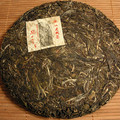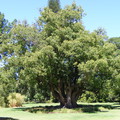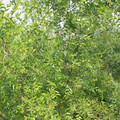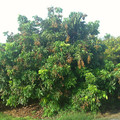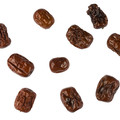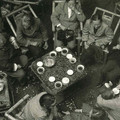Puerh Tea Production Processing - Start to Finish in Yunnan China
„“

Video Tags: Pu-erh, Yunnan, Tea production, China, Maocha
- Discussion: 0 comments
- Write a comment
Teas - Pu-erh
2000 Shu Pu 7262
 1 review
1 reviewFactory - „tailor-made” private production “Zhong Cha Gong Si” in Dayi (Menghai tea...
2005 Xiaguan Jia Ji Raw Tuocha
 0 reviews
0 reviewsClassic "Jia Ji" recipe! This tuocha is pressed in 2005, composed of 1-2...
NaKa 2013 - blind tasting set 3
 1 review
1 reviewthis tea is sold only as a sample, each order is limited to have only 2 samples of this...
968 *Yunnan Haiwan Pu-erh Tea Old Comrade
 0 reviews
0 reviews2008yr 968 *Yunnan Haiwan Pu-erh Tea Old Comrade LaoTongZhi * Pu erh Tuocha Ripe /Shu...
2005 Boyou TF 0507M Ripe Puerh Cake
 1 review
1 reviewBoyou was founded in 2005, now is one of the factories which still adhere to the...
2013 Spring Hekai Gu Shu Mao Cha
 1 review
1 reviewThe mao cha were picked on the same day from the same tea garden. Light yellow liquor...
Quotes - Pu-erh
„Depending on the desired product and speed, from quickest and tightest to slowest and loosest, pressing can be done by a lever press, which was operated by hand for tight pressings and has largely been replaced by the modern hydraulic press.“
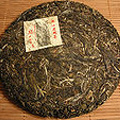
Quotes Tags: Pu-erh
Teas
2011 Yunnan Mao Feng (early March)
 1 review
1 reviewThe Yunnan Mao Feng is one of most popular green teas from Simao
2006 Changtai Long Ma Rui Ming "Dragon Horse"
 1 review
1 reviewThis cake is composed of Lancang and Menghai area selected materials.After 5 years aging in dry storage,...
2014 Autumn Mengsong Bamboo Raw Puerh Tea
 1 review
1 reviewThis tea come from autumn 2014 harvest from Mengsong (Menghai), blend of tea from different villages, trees...
Theme
Tea by region
We will help you with tea selection.
Do you like quality loose tea?
We will help you to find the right one for you. Be inspired by tea ratings of other tea lovers. Rating stars could help you.


Review your cup of tea.
Review the tea you are drinking and help other tea lovers to find the right cup of tea.



Quotes
„Zhang Ziyang said, “The way of restorative alchemy is most simple and easy; it is like a circle.” Yu Yuwu said, “What is the circle? It is the Absolute of the Book of Changes. When the Absolute goes into motion, it produces yin and yang. When motion culminates, it reverts to stillness and in stillness produces yin. When stillness culminates, it returns to movement. Movement and stillness in alternation constitute bases for each other. This is the wonder of Creation, the natural course of the Way.” “



 Shops
Shops Share on Facebook
Share on Facebook






